Murder Aboard
Murder Aboard
The Herbert Fuller Tragedy and the Ordeal of Thomas Bram
C. Michael Hiam
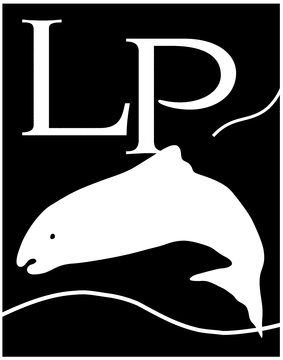
LYONS PRESS
Guilford, Connecticut
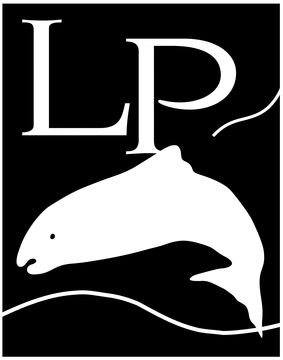
An imprint of The Rowman & Littlefield Publishing Group, Inc.
4501 Forbes Blvd., Ste. 200
Lanham, MD 20706
www.rowman.com
Distributed by NATIONAL BOOK NETWORK
Copyright 2019 by C. Michael Hiam
All rights reserved. No part of this book may be reproduced in any form or by any electronic or mechanical means, including information storage and retrieval systems, without written permission from the publisher, except by a reviewer who may quote passages in a review.
British Library Cataloguing in Publication Information Available
Library of Congress Cataloging-in-Publication Data
Names: Hiam, C. Michael, author.
Title: Murder aboard : the Herbert Fuller tragedy and the ordeal of Thomas Bram / C. Michael Hiam.
Description: Guilford, Connecticut : Lyons Press, [2019] | Includes bibliographical references and index.
Identifiers:
Identifiers: LCCN 2018052110 (print) | LCCN 2018055012 (ebook) | ISBN 9781493041329 (Electronic) | ISBN 9781493041312 (cloth : alk. paper)
Subjects: LCSH: Herbert Fuller (Ship) | Bram, Thomas. | MurderAtlantic OceanCase studies. | MurderInvestigationNova ScotiaHalifaxCase studies.
Classification: LCC HV6535.A78 (ebook) | LCC HV6535.A78 H53 2019 (print) | DDC 364.152/3092 [B]dc23
LC record available at https://lccn.loc.gov/2018052110
 TM The paper used in this publication meets the minimum requirements of American National Standard for Information Sciences Permanence of Paper for Printed Library Materials, ANSI/NISO Z39.48-1992.
TM The paper used in this publication meets the minimum requirements of American National Standard for Information Sciences Permanence of Paper for Printed Library Materials, ANSI/NISO Z39.48-1992.
Printed in the United States of America
Some went down to the sea in ships
and plied their trade in great waters;
They beheld the works of the LORD
and his wonders in the deep.
Then he spoke and a stormy wind arose,
which tossed high the waves of the sea.
They mounted up to the heavens and fell back to the depths;
their hearts melted because of their peril.
They reeled and staggered like drunkards
and were at their wits end.
Then they cried to the LORD in their trouble,
and he delivered them from their distress.
He stilled the storm to a whisper
and quieted the waves of the sea.
Then they were glad because of the calm,
and he brought them to the harbor they were bound for.
Psalm 107: 2330
Chapter 1
On the morning of Friday, July 3, 1896, a steam tug towed the barkentine Herbert Fuller from Long Wharf to Boston Harbors deepwater anchorage at Nantasket Roads. Here the tow ended; the tug departed for other duties, while the Herbert Fuller, preferring for now the shelter of neighboring islands to the thick fog and easterly headwind of the Atlantic Ocean beyond, dropped anchor.
Floating up and down to the gentle swell of the roads, the Herbert Fuller made for an attractive sight. It was a graceful vessel, with a sharp bow and tapering stern; sleek wooden hull painted black with white trim; and three masts that, for now, were bereft of the billowing sails that would have completed the picture. According to Lloyds Register, the Herbert Fuller had been built six years earlier in 1890; weighed 701 gross tons; measured 158 feet in length, 36 feet in breadth, 18 feet in depth; and could be sailed by a crew of eight.
The voyage ahead would be six thousand miles to Buenos Aires and then another two hundred miles up the Paran River to the city of Rosario. There the Herbert Fullers cargo of white pine boards was to be discharged. Those boards, comprising 700,000 linear feet and valued at $15,000, took up almost every available inch of the Herbert Fuller, occupying all of the tween deck and lower hold below, as well as all of the main deck topside, where they were piled five feet high from the afterhouse in the stern to the forward house in the bow.
During the sixty- or seventy-day sail to Argentina, these two houses would serve as living quarters for the eleven men and one woman aboard. Those souls were the captain, his wife, two mates, a steward, six sailors, and a passenger. The latter was Lester Hawthorne Monks, a twenty-year-old student at Harvard Universitys Lawrence Scientific School.
Monks had inspected the Herbert Fuller two weeks prior, June 16, as it lay at Mystic Wharf. The vessel had just left the East Boston dry dock, where its hull had been caulked for leaks, and was now in the process of shifting sixty tons of stone ballast and loading the first of the white pine destined for Argentina.
On that day, Monks would have presented as the well-dressed, soft-spoken, and perfectly mannered college boy that he was, hence making him somewhat out of place onboard a working ship. In fact, the tall but slightly built collegian did not appear the working type at all and, with his pale face, slightly stooped shoulders, and awkward gait, actually looked kind of sickly.
The Herbert Fullers captain was away at the time, and so it had fallen on the second-in-command, the mate, Thomas Bram, to welcome Monks onboard. In contrast to Monks, Bram was age thirty-three and of muscular build. He stood five feet seven inches tall and had piercing black eyes, soft black hair, and a deep and powerful voice. Also unlike Monks, Bram had darkish skin that made him appear, according to contemporary descriptions, as almost white or, alternatively, nearly negro.
The mate dutifully showed the young man around but frankly advised against taking a sailing vessel for such an extended journey, explaining that, if he were a man of means (as Monks obviously was), he would prefer a large passenger steamer for its greater speed and comfort. The mate added that, from his own experience, there would be more to see and learn onboard a big ship than on a smaller vessel like the Herbert Fuller.
Monks, however, replied firmly that he intended to arrive in South America under sail, being perhaps too shy to mention that his uncle, a physician, had strongly recommended an unhurried sojourn at sea. Indeed, Monks suffered from weak lungs, knee problems (as a result of a bicycle accident), and other maladies that had greatly interfered with his studies. After two years in Cambridge, the college boys grades had been dismal, nearly all Es (an E at Harvard in the 1890s meaning, not excellent, but one notch above an F), and as the semester just ended, there were no grades at all: The young man had skipped his final exams.
Realizing that time on the ocean would do his son good, Lesters father, Franklin Monks, a man well known in Boston business circles, fully approved of the sailing idea and had made careful inquiries among the citys shipping agents regarding a captain he could entrust with his sons care and safety. From the firm of John P. Ellicott & Co. came the name of a master mariner, Charles I. Nash of the Herbert Fuller, who looked to fit the bill.
A superior type of captain and one of the best known to sail from the state of Maine, Nash hailed from Harrington, where his was an old and respected Down East family. His father, Alonso Nash, had been a master mariner and a noted shipowner and builder before being killed in a tragic shipyard accident a few years before. Two of Charles Nashs four brothers had also chosen to follow the sea, and now age forty-two, Nash had captained ships for twenty years and, as Franklin Monks learned to his satisfaction, knew his business and he attended to it.
Next page

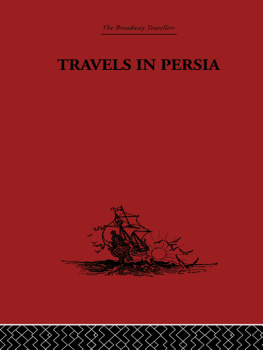



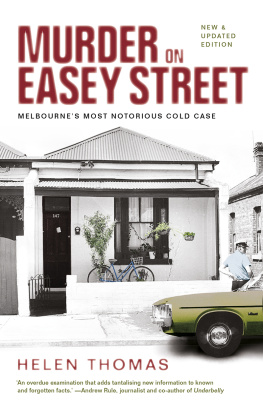

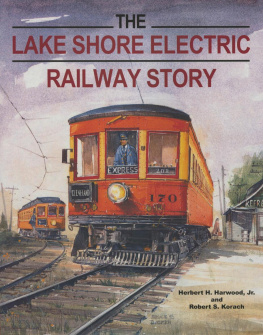





 TM The paper used in this publication meets the minimum requirements of American National Standard for Information Sciences Permanence of Paper for Printed Library Materials, ANSI/NISO Z39.48-1992.
TM The paper used in this publication meets the minimum requirements of American National Standard for Information Sciences Permanence of Paper for Printed Library Materials, ANSI/NISO Z39.48-1992.